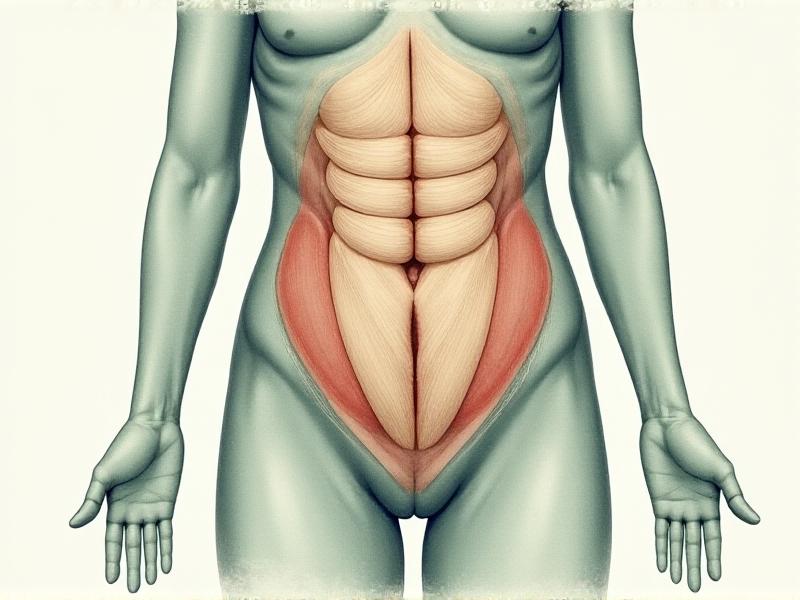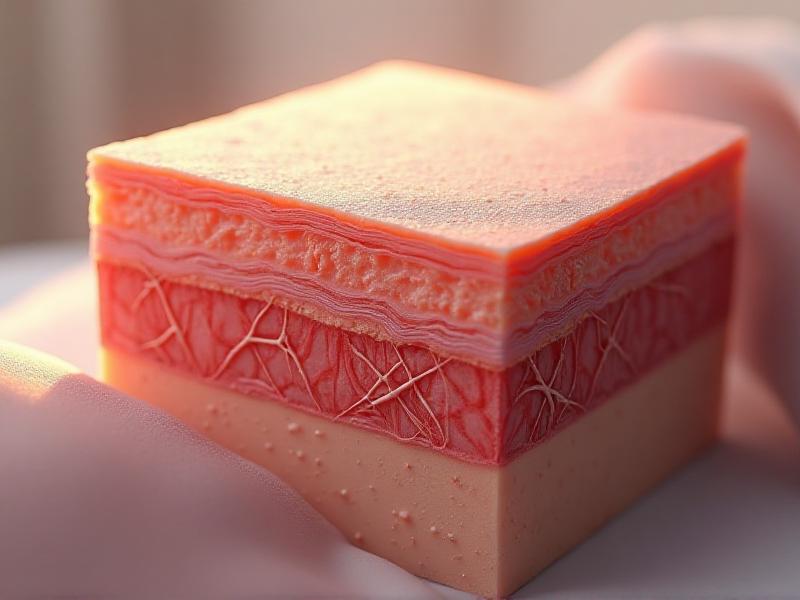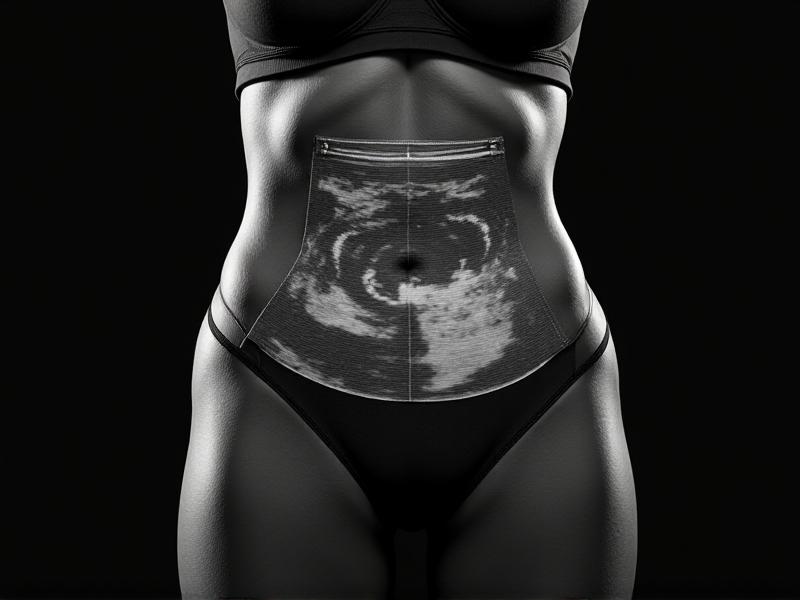Core Stability in Breastfeeding Positions
The Importance of Core Stability in Breastfeeding Positions
Breastfeeding is a natural process, but it often requires physical effort and proper positioning to ensure both mother and baby are comfortable. Core stability plays a crucial role in maintaining effective breastfeeding positions. A strong core helps mothers maintain posture, reduce fatigue, and prevent musculoskeletal discomfort. When the core muscles are engaged, mothers can support their baby’s weight more efficiently, allowing for longer and more relaxed feeding sessions. This section explores why core stability is essential and how it impacts the overall breastfeeding experience.

Common Breastfeeding Positions and Their Core Demands
There are several breastfeeding positions, each with unique demands on the mother’s core muscles. The cradle hold, cross-cradle hold, football hold, and side-lying position are among the most popular. For instance, the cradle hold requires the mother to support the baby’s weight with her arms while maintaining an upright posture, engaging the core to avoid slouching. The side-lying position, on the other hand, relies on core strength to keep the body aligned and prevent strain on the lower back. This section delves into the core requirements of each position and offers tips for maintaining stability.

Strengthening Core Muscles for Better Breastfeeding
Building core strength can significantly improve breastfeeding comfort and efficiency. Simple exercises like pelvic tilts, planks, and gentle yoga poses can help mothers develop the necessary muscle support. It’s important to start with low-impact activities, especially for postpartum mothers, and gradually increase intensity as strength improves. This section provides a step-by-step guide to core-strengthening exercises tailored for breastfeeding mothers, ensuring safety and effectiveness.

The Role of Posture in Core Stability During Breastfeeding
Good posture is a cornerstone of core stability during breastfeeding. Slouching or leaning forward can lead to back pain, neck strain, and fatigue. Proper alignment of the spine, shoulders, and hips ensures that the core muscles are effectively engaged. Using supportive pillows or cushions can also help maintain posture and reduce the strain on the core. This section discusses the importance of posture and offers practical advice for achieving and maintaining it during breastfeeding.
Tools and Accessories to Enhance Core Stability
Various tools and accessories can assist mothers in maintaining core stability while breastfeeding. Nursing pillows, ergonomic chairs, and supportive cushions are designed to reduce physical strain and promote proper alignment. These items can be particularly helpful for mothers recovering from childbirth or those with pre-existing back issues. This section reviews the best products available and explains how they can be used to enhance core stability and overall comfort.
Addressing Core Weakness and Discomfort
Core weakness or discomfort can make breastfeeding challenging and even painful. Common issues include lower back pain, muscle fatigue, and poor posture. Identifying the root cause of these problems is the first step toward finding solutions. This section provides actionable advice for addressing core-related discomfort, including stretches, adjustments to breastfeeding positions, and when to seek professional help from a physical therapist or lactation consultant.
Long-Term Benefits of Core Stability for Breastfeeding Mothers
Developing core stability offers long-term benefits that extend beyond breastfeeding. A strong core improves overall posture, reduces the risk of chronic pain, and enhances physical resilience. For breastfeeding mothers, these benefits translate into more comfortable and enjoyable feeding experiences. This section explores the lasting impact of core stability on maternal health and well-being, encouraging mothers to prioritize this aspect of their fitness journey.








